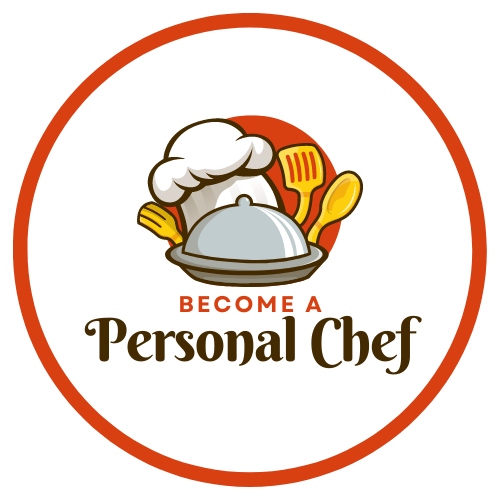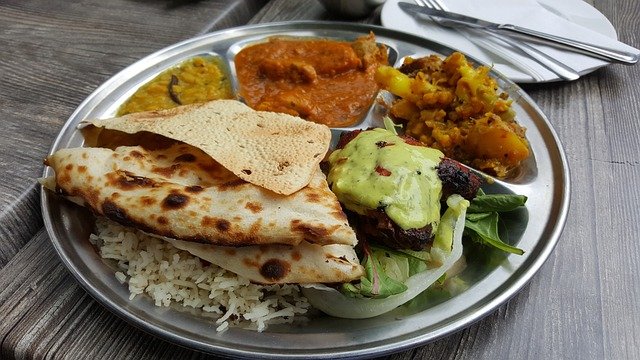Table of Contents
ToggleIndian Food For Personal Chefs
Welcome, culinary enthusiasts! As personal chefs, our journey through the world of flavors never ends. Today, let’s set sail to the vibrant subcontinent of India, renowned for its rich spices, diverse flavors, and an array of regional dishes.
India, the land of spices, has been a melting pot of cultures and cuisines for centuries. Influenced by Mughal, British, and Portuguese rulers, the Indian cuisine has evolved into a fusion of traditional and modern flavors. From the fiery curries of North India to the coconut-based dishes of South India, each region boasts its unique flavor profile.
Aspiring personal chefs need to offer something different than traditional chefs who specialize in one or two kinds of cuisines. I’ve written an extensive article with links to many cuisines for your consideration – World Cuisine for Personal Chefs
Key Ingredients in Indian Cuisine
Indian cuisine is a mosaic of flavors, primarily built around key ingredients like rice, wheat, lentils, and a plethora of vegetables and fruits. Spices play a crucial role, with turmeric, cumin, coriander, cardamom, and red chili powder often making an appearance. Dairy products such as ghee (clarified butter), yogurt, and paneer (cottage cheese) also feature prominently. Let’s take a closer look at some of these key ingredients and their significance in Indian cuisine.
Rice is a staple food in many regions of India, with basmati rice being the most commonly used variety. It is typically served as an accompaniment to curries and stews or used to make traditional dishes like biryani and pulao. Wheat is another important cereal crop, primarily used to make chapatis (flatbreads) and naan (leavened flatbread). These breads are often paired with rich curries or lentil dishes for a fulfilling meal.
Lentils, also known as dal, are an essential source of protein for vegetarians in India. They come in various forms such as red lentils (masoor dal), yellow lentils (moong dal), and black lentils (urad dal) and are used in a variety of dishes, from soups and stews to side dishes and snacks. Along with lentils, beans such as chickpeas (chana) and kidney beans (rajma) are also commonly consumed for their protein content.
Spices are the heart of Indian cuisine, adding depth, flavor, and heat to dishes. Some popular spices include cumin, coriander, turmeric, garam masala, and chili powder. These spices are often ground into a powder or used whole in cooking to infuse their bold flavors into the food.
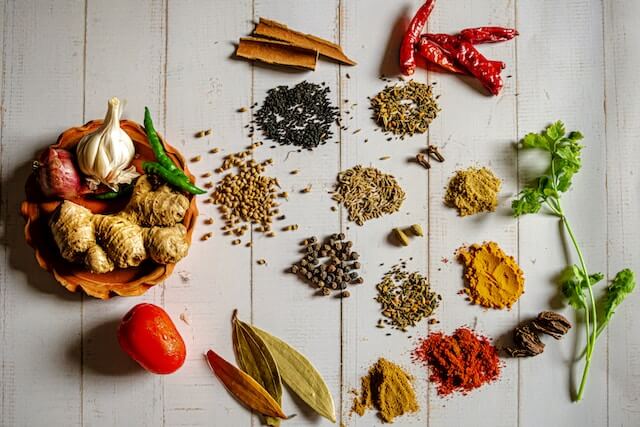
Sourcing Ingredients and Finding Substitutes
Most ingredients used in Indian cooking can be found at local supermarkets or Asian grocery stores. If you can’t find specific spices or ingredients, don’t fret; many substitutes can still deliver a similar flavor profile. Here are some tips for sourcing ingredients and finding substitutes in Indian cooking.
1. Spices:
Spices play a crucial role in Indian cuisine, and it’s important to use the right ones for authentic flavors. You can find most spices at your local supermarket, but if you’re having trouble, head to an Asian grocery store or even check online retailers. If you still can’t find a specific spice, here are some common substitutes:
– For cumin seeds: ground coriander or caraway seeds
– For garam masala: curry powder
– For turmeric: saffron strands or curry powder
2. Fresh Herbs:
Fresh herbs like cilantro, mint, and curry leaves are commonly used in Indian cooking. These can be found at most supermarkets, but if you’re unable to find them, try using dried herbs or their substitutes:
– For cilantro: parsley or basil
– For mint: spearmint or peppermint leaves
– For curry leaves: bay leaves
3. Lentils and Beans:
Indian cuisine is known for its delicious lentil and bean dishes. If you’re having trouble finding certain varieties, here are some alternative options:
– For mung beans: black-eyed peas or French green lentils
– For chana dal (split chickpeas): yellow split peas or red lentils
– For rajma (red kidney beans): pinto beans or black beans
4. Vegetables:
Vegetables are a staple in Indian cooking and there are many different types used. Some common vegetables you may come across in recipes include:
– Cauliflower
– Eggplant
– Okra
– Potatoes
If you’re unable to find these specific vegetables, don’t worry! You can easily substitute with other similar vegetables such as broccoli, zucchini, or sweet potatoes.
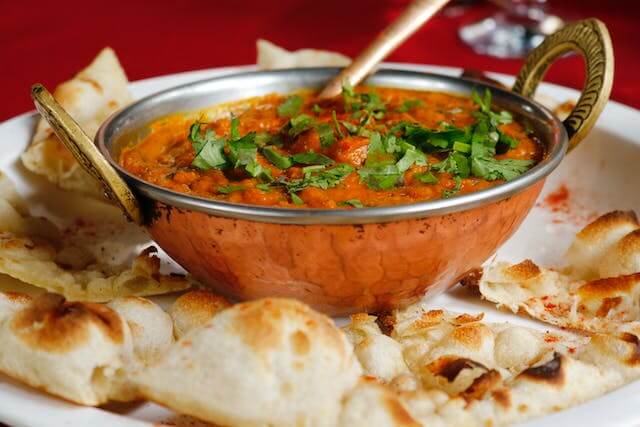
Traditional Cooking Methods
Traditional Indian cooking methods vary widely, from stir-frying (bhunao) and deep-frying (tala-na) to steaming (bhap) and grilling (sigri). Slow-cooked curries and stews are also popular, as are baked flatbreads like naan and roti. These traditional cooking methods have been passed down through generations, and they continue to be the heart of Indian cuisine.
One of the most iconic traditional cooking methods in India is tandoori cooking. Originating from the Punjab region, this method involves marinating meat or vegetables in a blend of spices and yogurt, and then cooking them in a tandoor, a cylindrical clay oven heated by charcoal. The intense heat of the tandoor cooks food quickly while giving it a smoky flavor that is unique to this method.
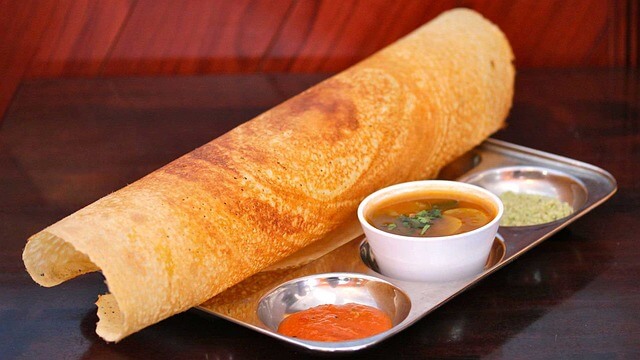
Taste Profile and Dominant Flavors
Indian cuisine is characterized by its complex interplay of flavors – sweet, sour, spicy, tangy, and bitter – all harmoniously present in a single dish. The use of various spices and herbs adds depth and layers to the flavors. The taste profile of Indian food is largely influenced by the region it comes from and the ingredients used. Each region has its own unique style of cooking, resulting in a diverse and vibrant cuisine.
The flavors can be broadly classified into three categories – sweet, savory, and spicy. Sweet flavors are achieved by using ingredients like sugar, honey, jaggery (unrefined cane sugar), or fruits such as mangoes or coconut. These add a touch of sweetness to balance out the other strong flavors. Savory flavors come from ingredients like onions, garlic, ginger, cumin, coriander, and garam masala (a blend of spices). These give depth and richness to the dishes. Spicy flavors are achieved by adding chili peppers or other spices like black pepper, cardamom, or cinnamon. These add a kick of heat and complexity to the dishes.
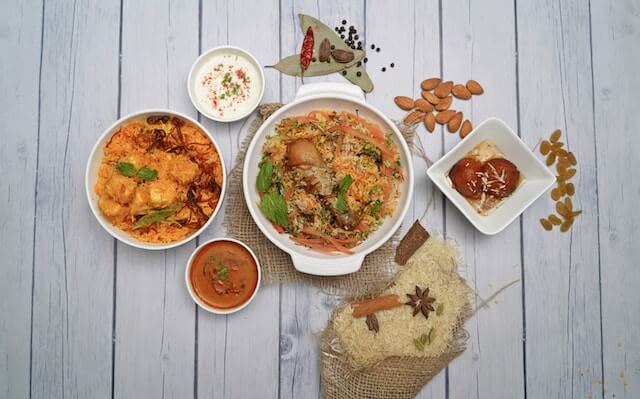
Cultural Significance and History
Indian cuisine mirrors the country’s rich cultural heritage and history. Influenced by various civilizations and religions over centuries, each dish tells a story of the region it originates from. From the rich, buttery curries of Punjab to the seafood-dominated cuisine of coastal regions like Goa, India’s culinary diversity is astounding. This diversity is also reflected in the use of spices, which vary from region to region and play a vital role in creating the unique flavors of Indian cuisine.
Regional Variations
With 29 states and seven union territories, India has a diverse landscape that greatly influences its cuisine. Each state has its own distinct style of cooking, often using locally sourced ingredients. For example, Kashmiri cuisine includes dishes like Rogan Josh, made with locally grown saffron and lamb, while Bengali cuisine is known for its use of mustard oil and fish as main ingredients. In Southern India, coconut is widely used in cooking thanks to the abundance of coconut trees in the region.
Religious Influence
India is a country deeply rooted in religion, with Hinduism being the dominant faith. As a result, vegetarianism is widely practiced and influences Indian cuisine in many ways. Vegetarian dishes are often seen as healthier and are deemed suitable for religious ceremonies and festivals. However, there are also regions with large populations of Muslims and Christians that have their own unique cuisines influenced by Islamic and Christian traditions.
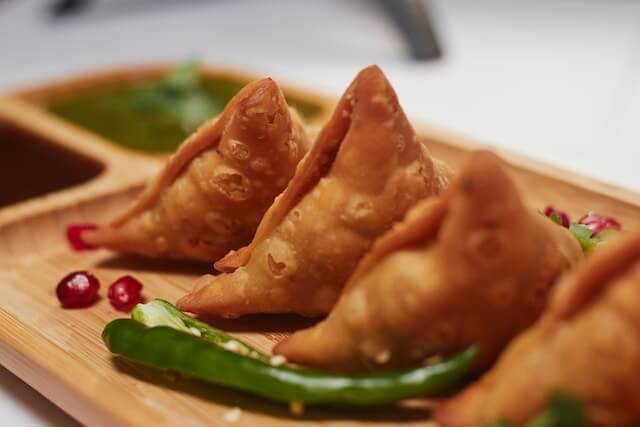
Dietary Restrictions and Allergies
Indian cuisine caters well to various dietary needs, given its extensive use of vegetables, lentils, and grains. However, be aware of potential allergies, especially with the use of nuts and dairy products. Vegan options are also plentiful, as many traditional dishes are plant-based. Whether you are vegetarian, vegan, gluten-free, or have other dietary restrictions, Indian cuisine has something for everyone.
Vegetarian and Vegan Options
In India, vegetarianism is a prevalent lifestyle choice. As such, many traditional dishes are already vegetarian or can easily be modified to be vegan-friendly. Dishes like chana masala (chickpea curry), dal makhani (lentil curry), and palak paneer (spinach and cottage cheese) are all classic examples of vegetarian dishes that pack in flavor without any meat products.
For vegans, there are even more options available. The use of plant-based yogurt or coconut milk instead of dairy in curries and sauces makes it easy to enjoy a flavorful meal without compromising dietary choices. And don’t forget about the variety of vegetable dishes like aloo gobi (potato and cauliflower curry), baingan bharta (eggplant mash), and bhindi masala (okra curry) that are staples in Indian cuisine.
Gluten-Free Options
For those who follow a gluten-free diet, Indian cuisine also offers plenty of options. Many traditional breads such as naan or roti are made with wheat flour, but there are alternatives like rice flour or chickpea flour available at most Indian restaurants. Additionally, many curries and dishes can be enjoyed without any added grains, making them suitable for gluten-free diets.
Other Dietary Restrictions
Aside from vegetarian, vegan, and gluten-free options, Indian cuisine also caters to a variety of other dietary restrictions. With the use of spices and herbs, Indian dishes can be made without dairy, nuts, or soy, making it a versatile choice for those with allergies or intolerances. It’s always best to inform your server about any dietary restrictions before ordering to ensure that your meal is prepared safely.
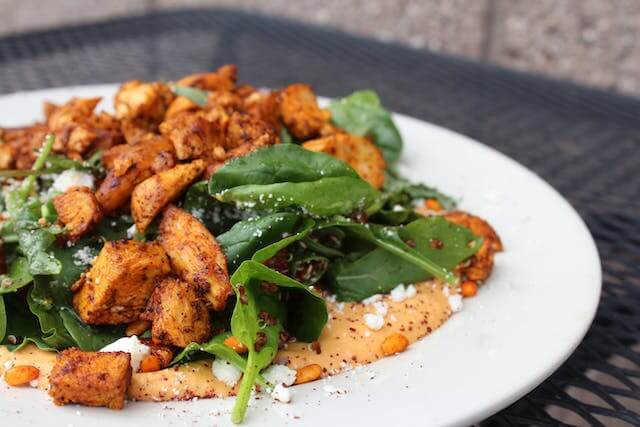
Health Factor and Modifications
While some Indian dishes can be rich and heavy, many others feature nutrient-dense ingredients like lentils, vegetables, and whole grains. As a personal chef, you can modify traditional recipes to create healthier versions, reducing the amount of oil, butter, or cream used. This will not only make the dish more nutritious, but also appeal to clients who are watching their weight or have dietary restrictions.
For example, instead of using heavy cream in a butter chicken recipe, you can substitute it with Greek yogurt for a lighter and protein-rich option. You can also experiment with different cooking techniques such as baking or grilling instead of frying to reduce the overall fat content in dishes like samosas or pakoras.
Another way to add a healthy spin on Indian cuisine is by incorporating more plant-based options. Many traditional Indian dishes are already vegetarian or can easily be modified to become vegan. For instance, you can use tofu or tempeh in place of paneer (Indian cottage cheese) in recipes like palak paneer (spinach and cheese curry) or matar paneer (peas and cheese curry).
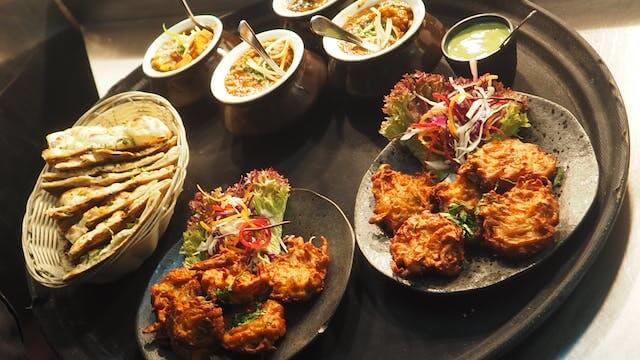
Traditional Accompaniments
Indian meals typically include a variety of side dishes like pickles, chutneys, and raita (yogurt-based side dish). Beverages vary from region to region, with popular options including chai (spiced tea), lassi (yogurt-based drink), and regional wines. Bread is also an important part of the Indian diet, with popular options such as naan, roti, and paratha.
Pickles are a staple in Indian cuisine and are used to add flavor and spice to meals. They can be made from a variety of vegetables and fruits, including mangoes, carrots, and lime. Pickles are often made with a combination of spices such as cumin, mustard seeds, and chili powder.
Chutneys are similar to pickles but have a smoother consistency. They are usually made with fruits or vegetables and can range from sweet to spicy. Some popular chutney flavors include mint, tamarind, and coconut.
Raita is a cooling yogurt-based side dish that is commonly served alongside spicy Indian dishes. It is made with yogurt, cucumber, and spices like cumin and coriander.
In addition to these traditional condiments, Indian cuisine also incorporates a variety of herbs and spices to add depth and flavor to dishes. Some commonly used herbs include cilantro, mint, and curry leaves. Popular spices include turmeric, ginger, cardamom, and cinnamon.
Indian desserts are known for their use of sweet ingredients like milk, ghee (clarified butter), and nuts. Some popular desserts include gulab jamun (fried dough balls soaked in sugar syrup), kheer (rice pudding), and ras malai (cheese dumplings in sweetened milk).
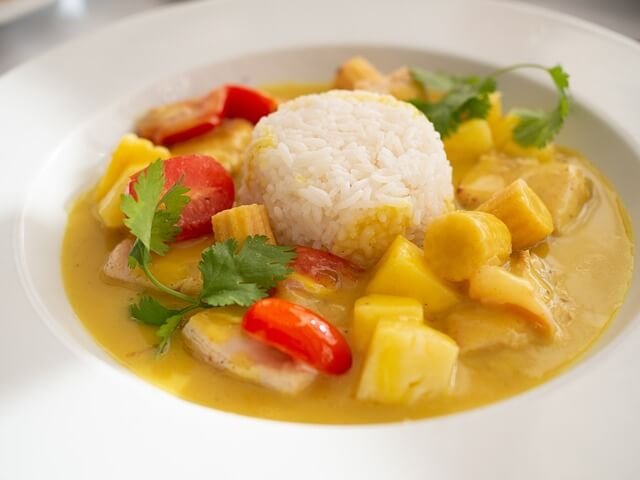
Presentation and Serving
Indian food is traditionally served in a thali (large plate) with various dishes portioned out in small bowls. This promotes the idea of a balanced meal, incorporating different flavors and food groups. It also encourages sharing and communal dining, which is an important aspect of Indian culture.
At The Organic Personal Chef, we believe in honoring these traditions while also bringing a modern twist to our presentation and serving style. Our dishes are carefully plated with attention to detail and aesthetics. We use fresh, organic ingredients that not only enhance the flavor but also make for a visually appealing meal.
Variations and Special Equipment
Indian cuisine varies from region to region, reflecting local produce and cultural influences. Special equipment like a tandoor (clay oven) or a spice grinder can enhance the authenticity of your dishes but are not absolutely necessary. Many Indian dishes can be made with just a stovetop and basic kitchen utensils.
Essential Spices
Spices are the heart of Indian cooking. They add depth, complexity, and vibrancy to dishes, making them stand out from other cuisines. Some essential spices used in Indian cuisine include cumin, coriander, turmeric, garam masala, and cardamom. These can easily be found at your local grocery store or online.
Essential Equipment for Indian Cuisine
Pressure Cooker: Often used in Indian cooking for preparing lentils (dal) and other legumes quickly.
Tawa (Griddle): A flat or slightly concave disc-shaped frying pan used for cooking rotis, parathas, and dosas.
Kadai (Wok): A deep, circular pan used for stir-frying, deep-frying, and simmering.
Mortar and Pestle or Spice Grinder: Essential for grinding spices, which are central to Indian cuisine.
Chakla Belan (Rolling Pin and Board): Used for rolling out dough for breads like rotis and parathas.
Idli Steamer: A device used to steam idlis, a type of savory rice cake.
Handi (Pot): A deep, wide-mouthed pot used for slow-cooking dishes.
Chef’s Knife: A good quality, sharp chef’s knife is necessary for precise cutting and slicing of ingredients.
Cutting Board: A sturdy cutting board is needed for preparing ingredients.
Measuring Cups and Spoons: For accurate measurement of ingredients.
Mixing Bowls: Various sizes are useful for preparing and mixing ingredients.
Spatula or Turner: Used for flipping and serving food.
Remember, investing in high-quality tools can greatly enhance your cooking experience and the outcome of your dishes. Keep them well-maintained for the best results.
Wondering what tools a personal chef might need? I’ve written an extensive article for you – A Comprehensive List Of Must-Have Tools and Essential Items for the Personal Chef
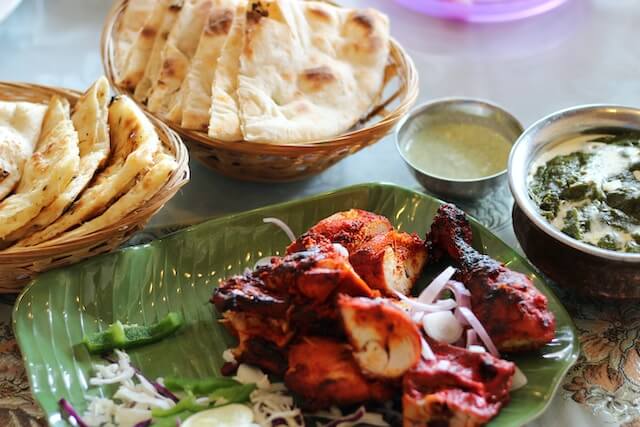
Pre-preparation and Personal Preferences
Some Indian dishes require advance preparation, like marinating meats or soaking lentils. Always consider your client’s taste preferences and dietary restrictions to ensure a satisfying and enjoyable dining experience.
So, strap on your apron and immerse yourself in the aromatic world of Indian cuisine!
Here are some of my favorite tools for providing my personal chef service
As an experienced personal chef, I’ve found that the secret to creating mouthwatering dishes goes beyond just having a passion for food. It’s also about using the right kitchen tools. Today, I’m going to share with you my must-have kitchen items that help me bring my culinary creations to life.
1. Chef’s Knife
The first item on my list is a high-quality chef’s knife. It’s the most versatile tool in my kitchen, perfect for chopping, slicing, and dicing. My preference is for a Global Chef’s Knife, known for the edge and the way they are balanced.
2. Cast Iron Skillet
Next up is a good old cast-iron skillet. From searing steaks to baking cornbread, this pan does it all. I love the Lodge Cast Iron Skillet, which retains heat beautifully and adds a nice crust to anything you cook.
3. Stainless Steel Pots and Pans
A set of stainless steel pots and pans is essential for a variety of cooking techniques. They’re great for simmering, boiling, and sautéing. All-Clad’s Stainless Steel Cookware Set is my go-to choice for its exceptional performance and durability.
4. Immersion Blender
An immersion blender makes pureeing soups, making smoothies, and blending sauces a breeze. I suggest the Braun Multiquick Hand Blender, which is powerful, easy-to-clean, and highly versatile.
5. Digital Thermometer
To ensure perfectly cooked meats every time, a digital thermometer is a must. The ThermoPro TP19 Waterproof Digital Meat Thermometer provides speedy and accurate readings, ensuring your roast chicken or prime rib is cooked to perfection.
6. Silicone Spatula
A silicone spatula is a chef’s best friend for its versatility. It’s heat-resistant, non-stick, and perfect for everything from folding batter to stirring sauces. I recommend the OXO Good Grips Silicone Spatula.
7. Stand Mixer
Lastly, for avid bakers, a stand mixer is a game-changer. The KitchenAid Artisan Series 5-Qt. Stand Mixer isn’t just a pretty face; it makes mixing doughs and batters effortless.
These are the tools that I use daily in my personal chef service. Remember, quality tools make a difference, but they don’t have to break the bank. Start with the basics and add on as you grow more comfortable and adventurous in the kitchen.
Happy cooking!
